The Buckhorn Summit Camera provides real-time road and weather updates on California’s SR‑299 near Trinity County. It helps travelers check live traffic, snow conditions, and visibility before embarking on a drive. Stay informed with this vital tool for safe and thoughtful travel planning.
Stay tuned with us — we will soon talk more about the fantastic features, benefits, and updates of the [Buckhorn Summit Camera], your go-to tool for real-time road and weather conditions on SR‑299.
What is the Buckhorn Summit Camera on SR‑299?
The Buckhorn Summit Camera is a live traffic and weather monitoring webcam located on State Route 299 (SR-299) in Northern California. Positioned in the Buckhorn Summit area, this camera provides crucial, real-time visuals of road conditions along a stretch of highway that often experiences severe weather and changing terrain. The camera is part of the California Department of Transportation (Caltrans) traffic monitoring system, helping travelers, truck drivers, and local commuters make informed decisions before setting out on the road.
In regions like Trinity and Shasta counties, where SR-299 winds through mountainous terrain, conditions can change rapidly. The Buckhorn Summit Camera today plays a vital role in offering transparency about the current state of the road, including visibility, snowfall, or congestion. Whether you’re planning a weekend trip or navigating a commercial route, this camera helps ensure your travel is safe and timely.
Over the years, the Buckhorn Summit Camera has become a trusted source not only for drivers but also for weather enthusiasts and emergency planners. Offering a direct visual feed of a key summit point, it enhances road safety and public awareness.
Where is the Buckhorn Summit Camera Located?
The Buckhorn Summit Camera is strategically located on SR-299 near the Buckhorn Sandhouse in Trinity County, California. Positioned at an elevation of approximately 2,646 feet, it captures views along one of the most critical mountain passes in Northern California. The summit lies between the towns of Weaverville and Redding, making it a key junction for commuters and transporters moving between coastal and inland regions.
This section of SR-299 frequently encounters challenging conditions due to its high altitude and climate. Snowfall in winter, fog, and even wildfire smoke in summer are all common sights. The placement of the Buckhorn Summit Camera map allows it to provide a wide-angle view of both eastbound and westbound traffic, giving drivers a comprehensive look at the summit’s status.
Its exact location near the sand house means road maintenance crews also rely on the camera to assess when to dispatch plows or apply de-icing agents. For residents in the area, the camera provides peace of mind and helps them avoid potentially hazardous travel.
Why Use the Buckhorn Summit Camera?
Travelers use the Buckhorn Summit Camera for several practical reasons. First and foremost, it gives real-time updates on weather and traffic. SR-299 is a vital artery through rugged terrain, and having live visuals helps reduce the uncertainty of driving in potentially dangerous conditions.
Buckhorn Summit road conditions today can vary dramatically — snow, ice, landslides, and fog are all frequent in this region, particularly during the winter months. Using the Buckhorn Summit Camera, drivers can quickly assess whether the road is safe, closed, or requires avoidance. Emergency services and delivery drivers also use it to plan efficient and safe routes.
Additionally, the camera benefits tourists exploring the Trinity Alps or visiting Shasta County, helping them plan scenic drives during favorable conditions. Beyond travelers, meteorologists and local news channels use the Buckhorn Summit Camera for weather forecasts and regional updates.
Ultimately, it saves time, enhances safety, and provides peace of mind — all without needing to leave your home or vehicle to check the road yourself.
Technical Details: How Often Does the Buckhorn Summit Camera Update?
The Buckhorn Summit Camera generally updates every 5 to 15 minutes, depending on the platform used to view it. Caltrans, the official operator, ensures the feed is consistently refreshed to reflect the latest road conditions. Some third-party apps may cache images for longer, so for the most accurate view, it’s best to use Caltrans or trusted transportation platforms.
The camera captures still images rather than a live video feed, primarily to conserve bandwidth and ensure seamless accessibility across various devices. Despite this, the frequency of updates makes it highly reliable for short-term travel planning.
Some weather integration apps and websites might also pair the camera’s feed with temperature, humidity, and wind data. This multi-layered approach provides a clearer understanding of not just what the road looks like but what it feels like in real-time.
Users can also access historical image archives, which helps with analyzing patterns such as snow accumulation or travel delays at different times of the year.
How to Access the Buckhorn Summit Camera Feed
Accessing the Buckhorn Summit Camera is simple and available through multiple platforms. The most direct and reliable source is the Caltrans QuickMap website or mobile app. There, users can select camera feeds from across California, including the Buckhorn Summit location.
Other popular sources include:
- CommuteDash: Offers a clear snapshot of the summit along with nearby cameras.
- WeatherBug: Integrates camera visuals with current weather conditions.
- North Coast Aviation: Provides updated images along SR-299, including Buckhorn Summit.
These platforms typically display an updated image alongside essential data such as temperature, wind speed, and travel alerts. Access is free and doesn’t require login or registration, making it accessible to anyone with internet access.
Pro tip: Bookmark the camera feed on your browser or mobile device for easy access during regular commutes or seasonal trips.
Real-World Scenarios: When to Check the Buckhorn Summit Camera
There are numerous situations when checking the Buckhorn Summit Camera becomes essential. During winter, snow accumulation can make SR-299 treacherous. A quick look at the camera before heading out can help determine whether chains or alternative routes are needed.
Commuters heading between Redding and the coast often rely on the feed to avoid delays caused by roadwork or rockslides. It’s also handy during fire season when visibility can be severely reduced by smoke. Travelers planning recreational trips to Trinity Lake or the nearby national forest use it to ensure a clear and safe passage.
Long-haul truckers and delivery services benefit immensely from using the camera as part of their logistical planning. Even if you’re just heading to visit friends or family in the area, the camera ensures you can make the trip safely and smoothly.
Other Cameras on SR‑299: How Buckhorn Fits In
The Buckhorn Summit Camera is one of several cameras installed along SR-299, a highway that spans from Arcata on the coast to Redding and beyond. Other notable cameras include:
- Oregon summit camera
- Berry Summit cam
- Willow Creek Summit Camera
- Oregon mountain caltrans camera
Together, these cameras create a comprehensive visual guide along the SR‑299 corridor. Buckhorn Summit is particularly significant because it’s among the higher elevations and is known for fast-changing weather. Compared to cameras like Berry Summit cam, which may see more fog and coastal rain, Buckhorn offers a different climate snapshot — often snowier and colder.
Having access to all these cameras helps drivers track changes across the entire stretch of SR‑299, making it easier to plan safe and efficient travel.
Seasonal Insights: Snow, Summer, Fire Season Visibility
Weather at Buckhorn Summit varies significantly by season, making the camera especially useful year-round. In winter, snow and ice are common, and the camera provides real-time visuals to assess whether tire chains are necessary.
In spring and summer, the road is usually clear, but sudden thunderstorms or road repairs might affect travel. Wildfire season, typically from late summer through fall, brings its challenges. Smoke from regional fires can lower visibility and pose health hazards. The Buckhorn Summit Camera helps determine if the air is clear enough for safe travel.
Even in milder seasons, the summit can see morning fog or heavy rain, making real-time images essential for planning. Weather apps alone may not always be accurate — but what the camera sees, you see, too.
Tips for Using the Buckhorn Summit Camera Effectively
To make the most of the Buckhorn Summit Camera, follow these practical tips:
- Check early: Look at the camera feed at least 30 minutes before your planned departure.
- Use it with weather reports: Combine the visual with a forecast to understand potential future changes.
- Compare with other SR-299 cameras: This provides a more comprehensive view of the entire route’s condition.
- Bookmark and refresh: Since the image refreshes periodically, reload the page before you leave.
Frequent users often find it helpful to set reminders or integrate the camera link into their weather dashboards or browser bookmarks. Doing so ensures you never miss a crucial update.
Suggestions for Improving the Buckhorn Summit Camera Experience
While the current camera provides valuable insights, there’s room for enhancement. One significant suggestion is the addition of live video streaming instead of still images. This would enable users to view moving traffic and more accurately assess real-time situations.
Improved image resolution and night vision capabilities would also enhance usability, especially during early morning or nighttime travel. Another valuable addition would be timestamp overlays to confirm the freshness of each image.
Lastly, integration with smart home devices and voice assistants could make checking the camera as easy as asking your phone or smart speaker.
FAQ’s
1. Is the Buckhorn Summit Camera free to use?
Yes, it is publicly accessible through Caltrans and other third-party platforms at no cost.
2. Does the camera work during storms or snow?
Yes, though visibility might be limited, the camera is designed to operate year-round.
3. Can I view past images from the Buckhorn Summit Camera?
Some platforms store historical images for short-term reference, which is helpful for pattern analysis and recognition.
4. Is the Buckhorn Summit Camera available on mobile devices?
Yes, most platforms offering the camera are mobile-friendly or offer dedicated apps.
5. What should I do if the camera feed is unavailable?
Try checking another source, such as WeatherBug or CommuteDash, or look at nearby SR-299 cameras.
Conclusion
The Buckhorn Summit Camera is more than just a traffic feed — it’s a critical tool for anyone navigating SR‑299. From assessing snow accumulation to checking fire season visibility, it provides vital, real-time insights. By using it regularly and effectively, you can enhance your travel safety, plan better, and stay ahead of road hazards. With the addition of more advanced features in the future, this already helpful resource could become even more indispensable.For those interested in road and weather updates from other regions, platforms such as the Downtown Munising webcam live offer additional real-time travel views.
Also read:
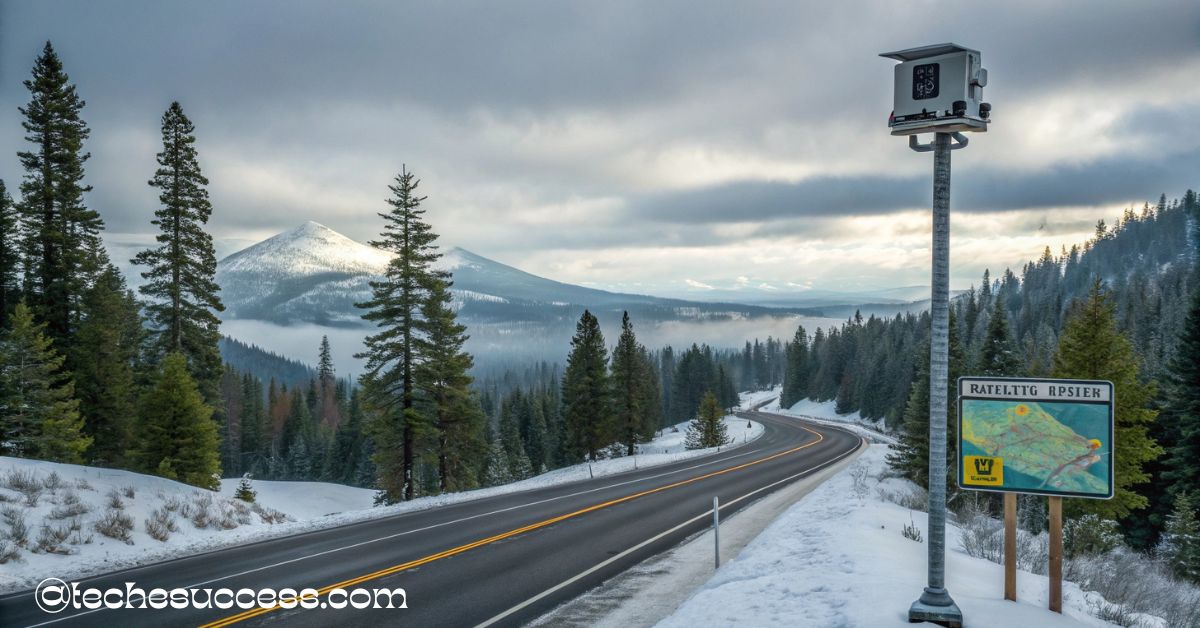

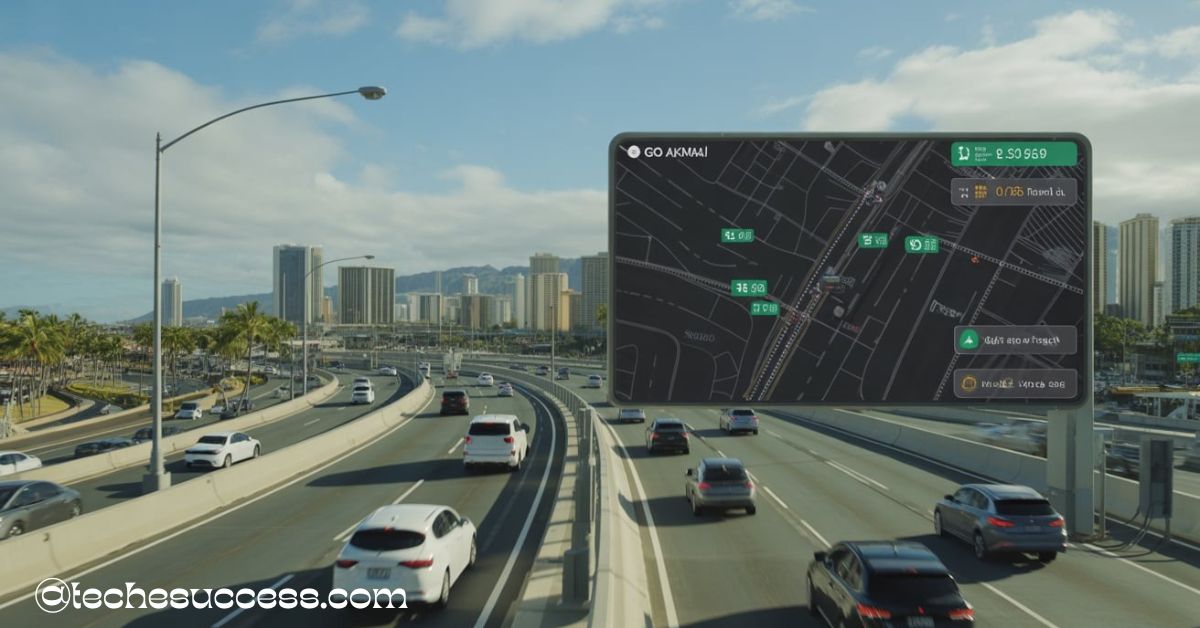

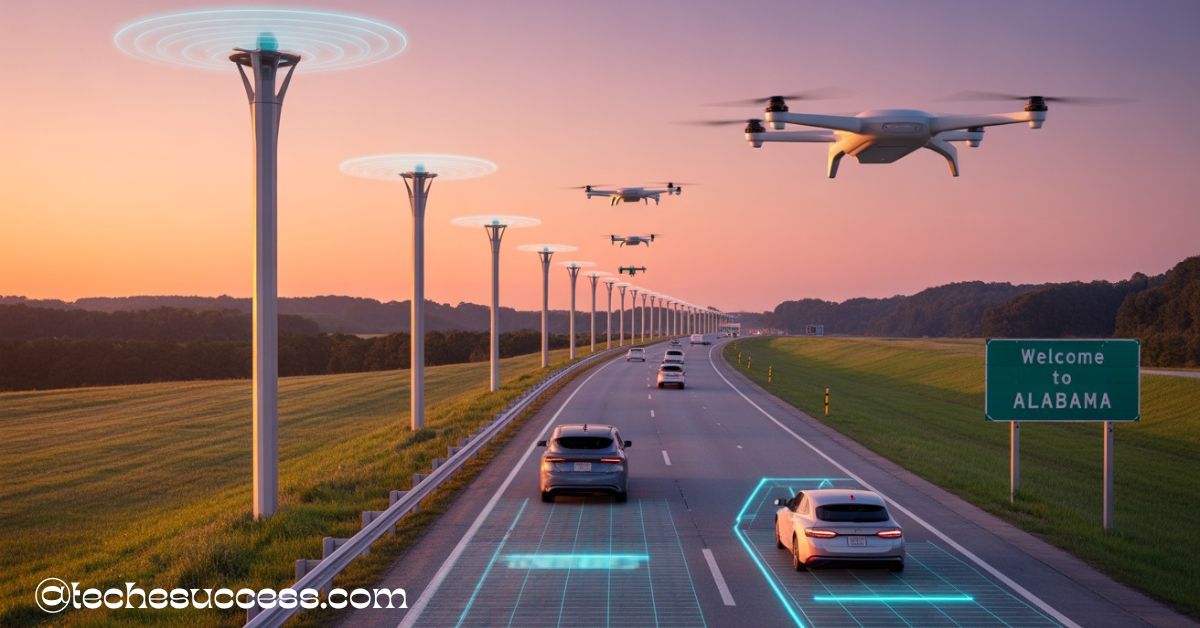

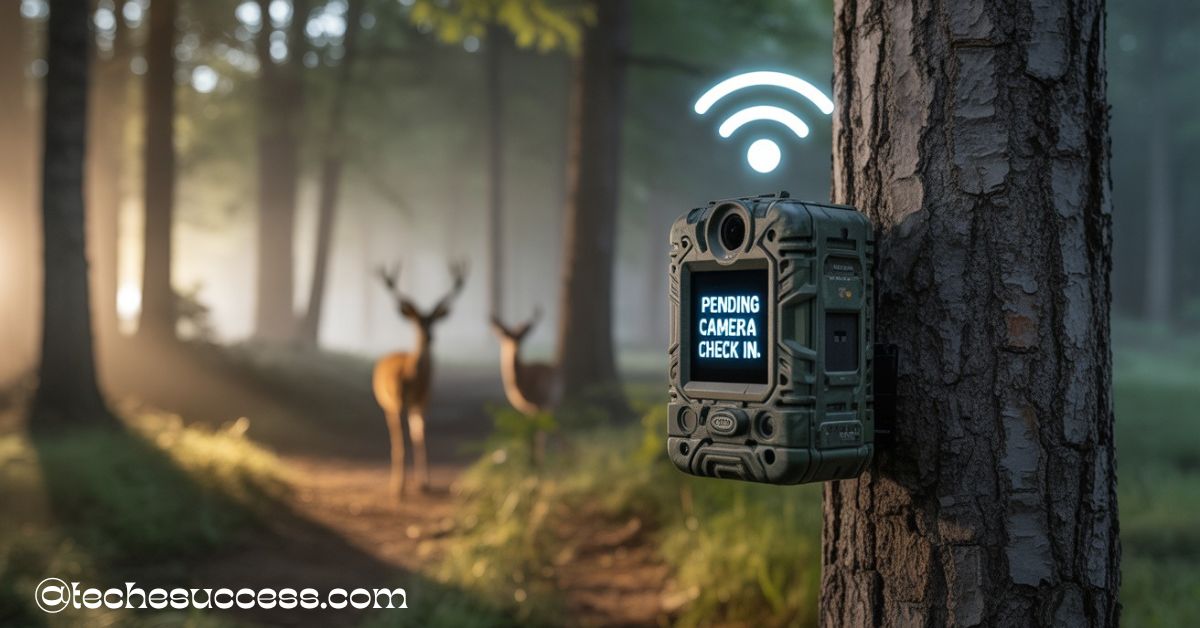

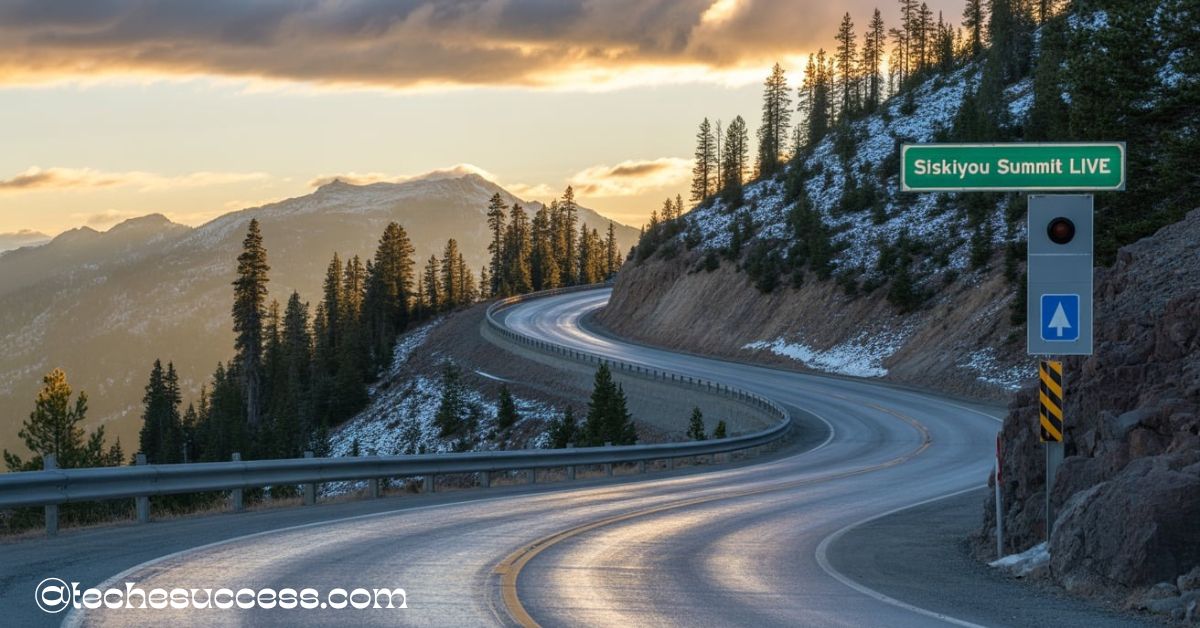
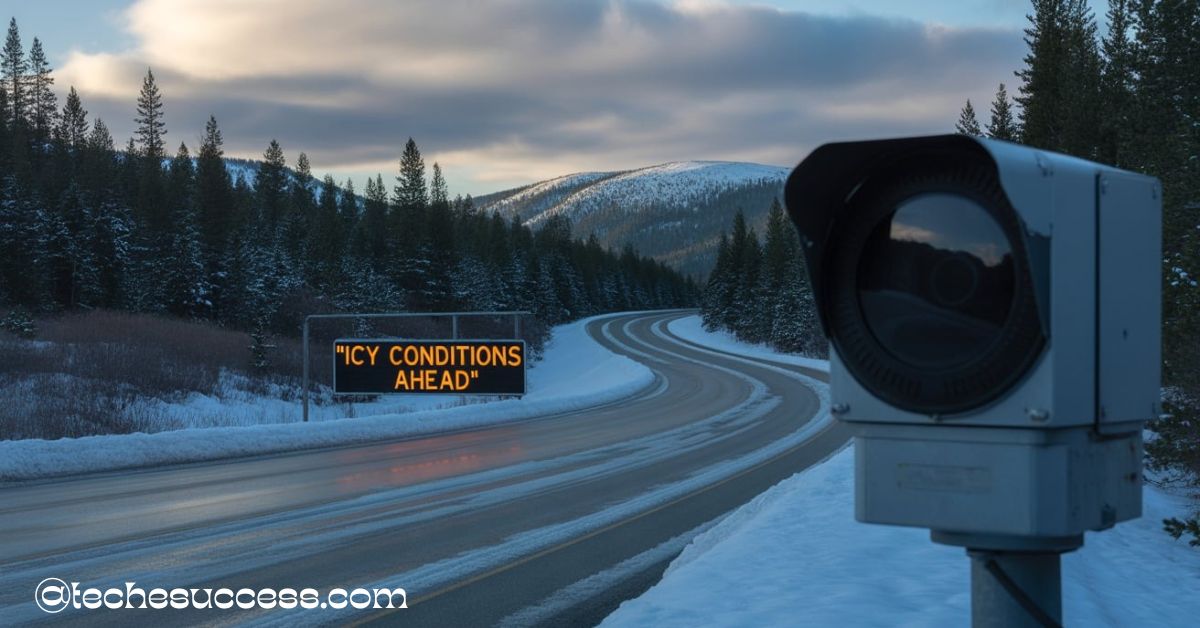

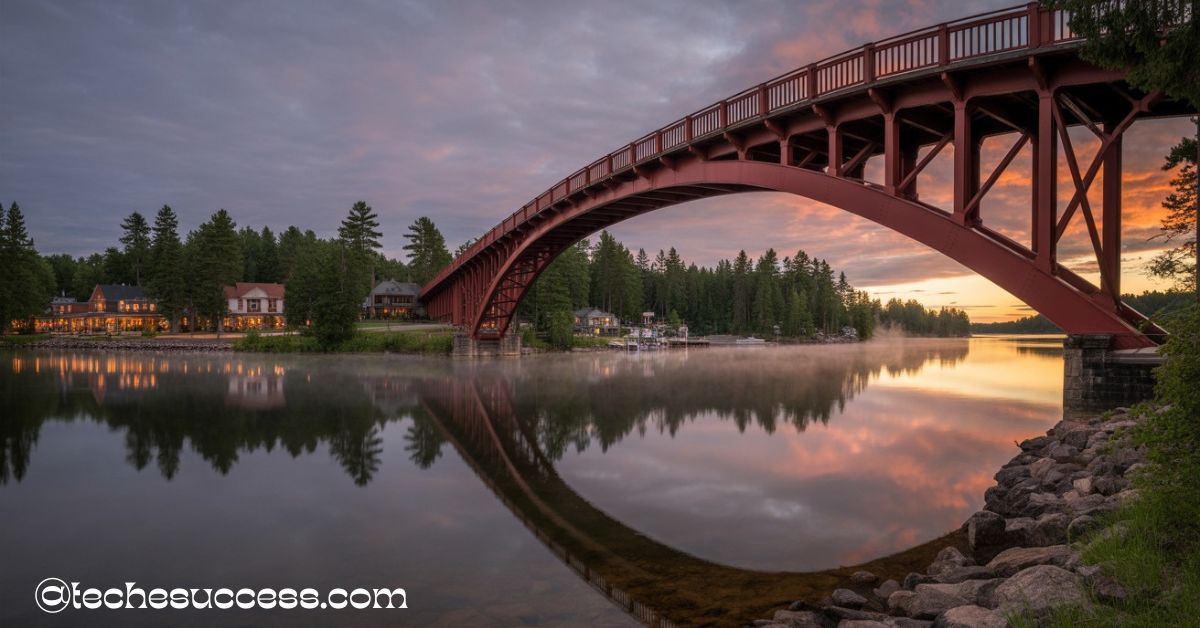

Leave a Reply